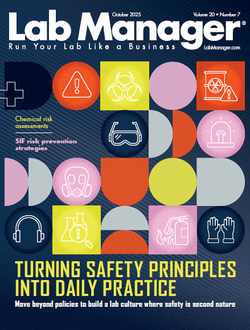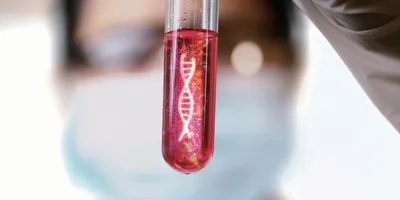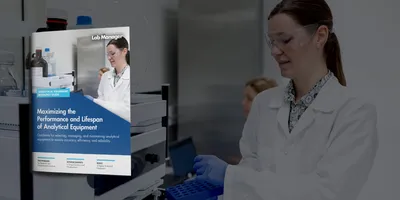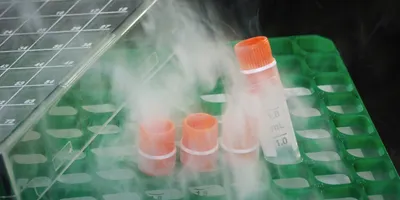
Dear Linda,
I have recently taken over managing a small research lab after the previous manager was promoted to a position at one of our satellite labs. Fortunately, she had in place many health and safety programs and procedures before she left. However, when it comes to managing our chemical waste, those procedures are less clear. I recognize that this is a very important area requiring careful attention for both safety and legal reasons. I’m wondering if you can provide me with some general guidelines for beginning an effective chemical waste management program.
Thanks,
Iris
Dear Iris,
Proper management of chemical waste is important not only for safety but for economic health, since serious fines and penalties are possible if waste is not handled according to regulations.
Your first step is to develop a written plan. That plan should:
- Designate a lab waste manager
- Assign responsibilities for the manager as well as laboratory workers
- List required training and the method used to document training
- Provide the standard operating procedures you will use to run your waste management program
Such a written plan also allows you to clearly state any specific policies that must be followed, such as “no hazardous wastes shall be disposed in the sinks or trash.”
If your lab generates a waste stream, your first step is to determine whether the waste is hazardous or not. It is considered hazardous waste if:
- Any components are on one of two lists of chemicals (P-list for acutely hazardous or U-list for general toxic chemicals)
- It has one of the characteristics for ignitability, corrosivity, reactivity, or toxicity as defined in 40CFR 261.20
After completing your waste characterization, you will need to implement a collection and storage strategy. For most research laboratory facilities, wastes are collected at the point of generation. Usually this is done using small volume containers that are later moved to a larger segregated storage area.
Be aware that those containers must be labeled “Hazardous Waste” and list all constituents with their percentage of the total, and that incompatible chemicals are separated.
There’s much more information available on this topic, but I hope this helps you get started.
Cheers,
Linda
For more info: www.labmanager.com/hazardous-chemical-waste
Have a question for Linda? Email her at: LINDA@labmanager.com











